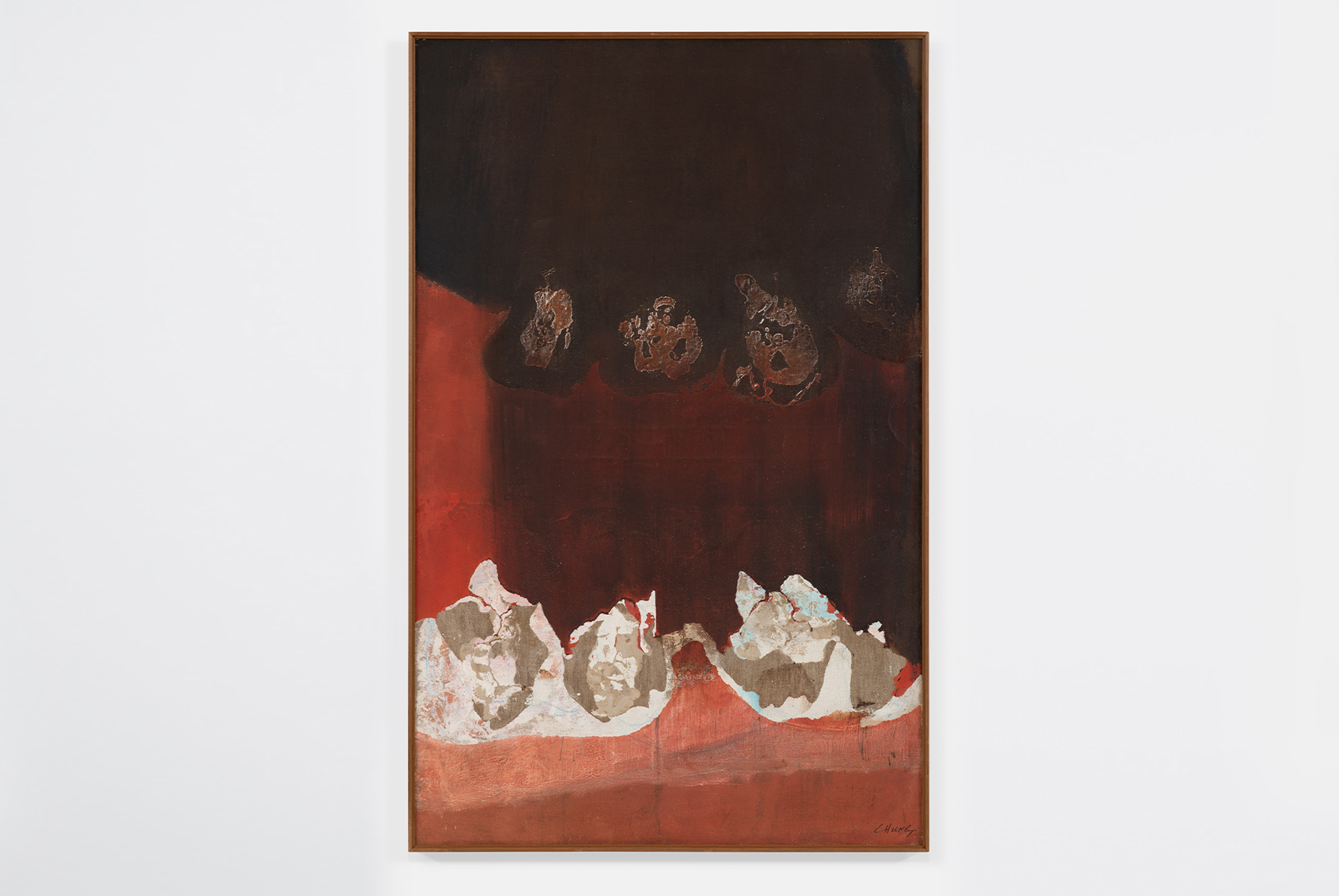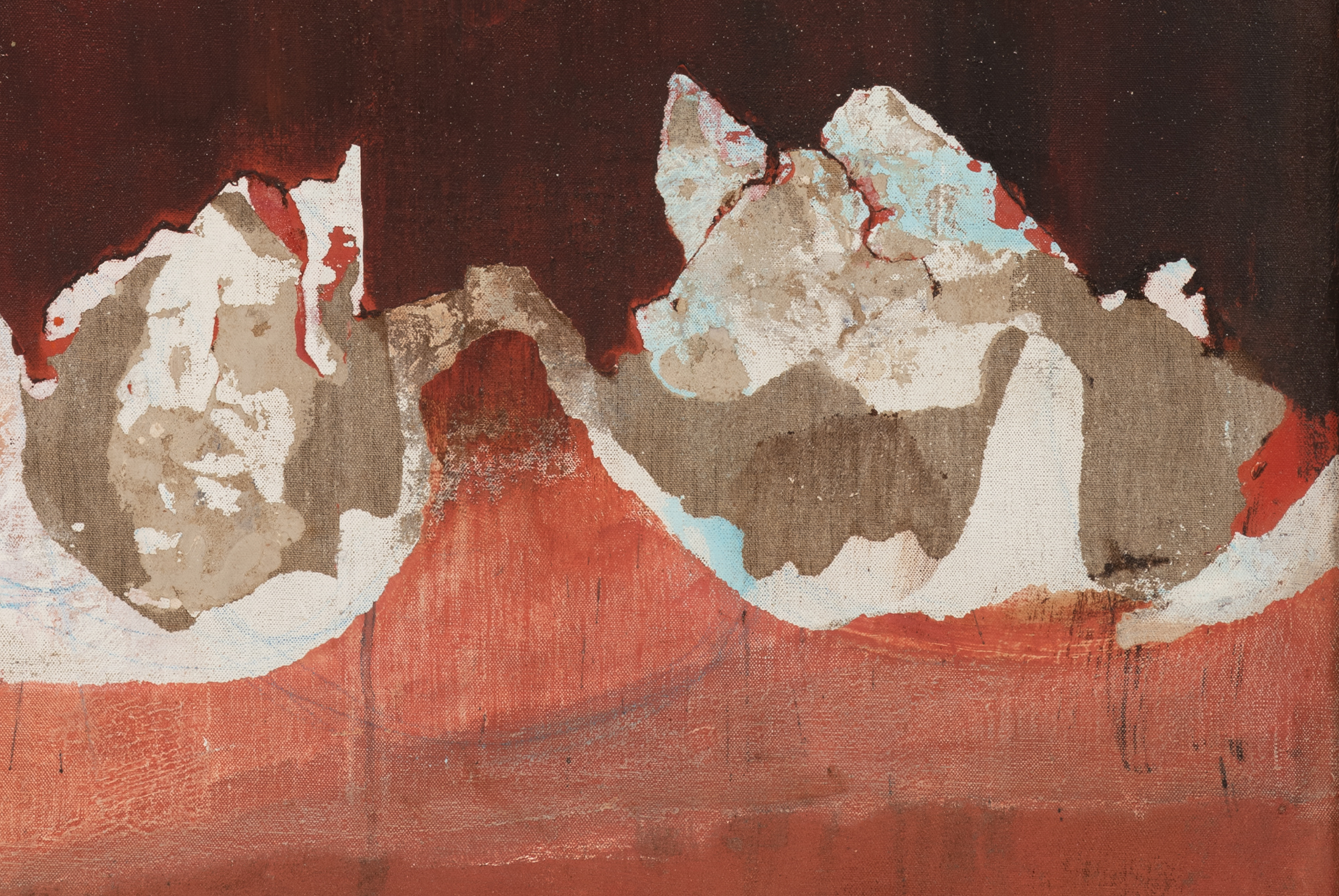Work 68-32
1968
Acrylic and kaolin on canvas
46 x 28 5/8 inches (116.8 x 72.7 cm)
© Chung Sang-Hwa
Chung Sang-Hwa graduated from Seoul National University with a fine arts degree in 1956, three years after a truce brought a provisional end to the Korean War. Faced with a paucity of resources in its destructive wake, Chung and his peers were often short on art supplies. When they ran out of paint, the students would mix jitan, a type of charcoal, with oil to make works of art. This inspired him to experiment with kaolin, a powdered stone produced in the Gaoling region of China, which remains a core material in his practice. He first combined kaolin with oil or dissolved it in water, developing a process over time that became uniquely his own: born of scarcity yet resulting in a methodology that centers technique, curiosity, and innovation.
Chung’s early work was strongly associated with the development of Korean informel, a gestural style that hewed closely to its European namesake and American Abstract Expressionism. Work 68-32 (1968) is a painting from these formative years, reflecting his study of these movements and exemplifying his investigations of materiality. Executed immediately after his pivotal move to Paris in 1967 and featured in his first solo exhibition at Galerie Jean Camion, this canvas employs a darker palette of rich browns and red tones that reflects the brooding sentiment of a younger generation deeply affected by the conflicts of his era. The employment of kaolin-mixed paint lends a sculptural quality “for tension on the surface,” in his words, as they commingle with the smooth application of his chosen media and the rough canvas. Work 68-32 prefigures the formal framework the artist has since established for the paintings of his mature period.
Though Chung’s process has gradually evolved over the six decades that he has been painting, he remains committed to the integrity of his materials, remarking: “That is how you create a work that is completely your own.” Since the beginning, he has chosen a rough, heavy canvas, which he then stretches himself. Chung insists on maintaining control of every component. His disciplined inquiry of materiality, dimensionality, and color would lead to his important contributions to Dansaekhwa and postwar modernist painting.
-
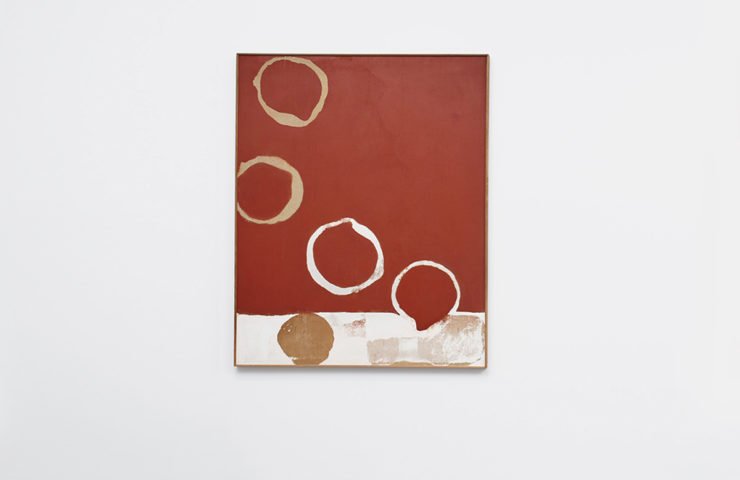
Work 70-9-15
1970
-
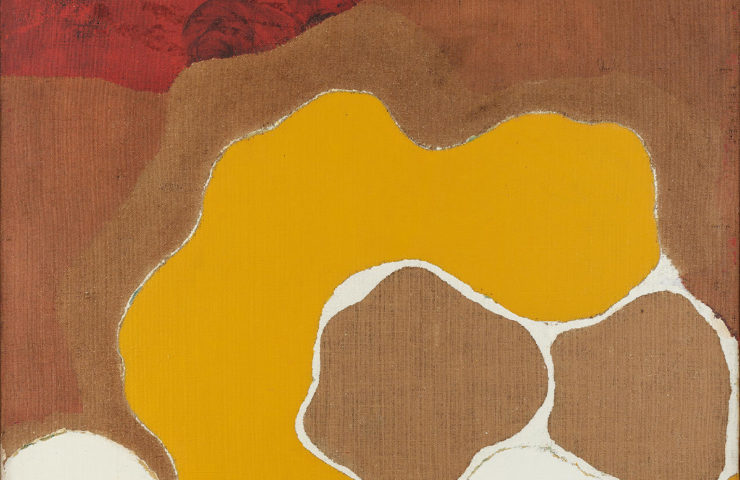
Work O-A
1971
-
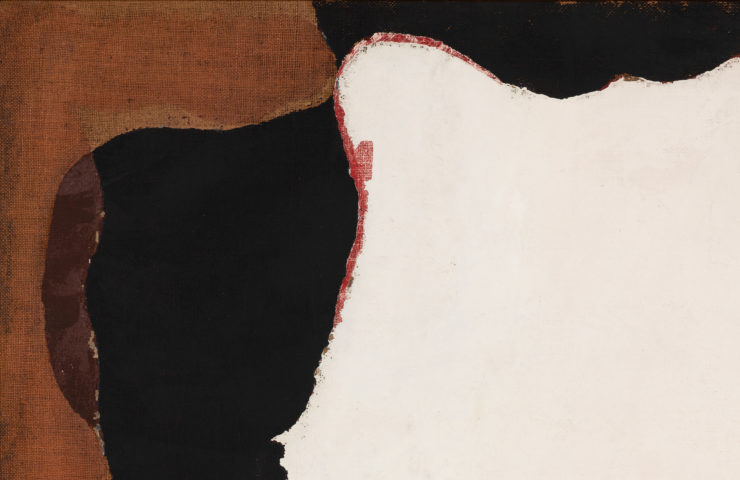
Work 69-A
1969
-
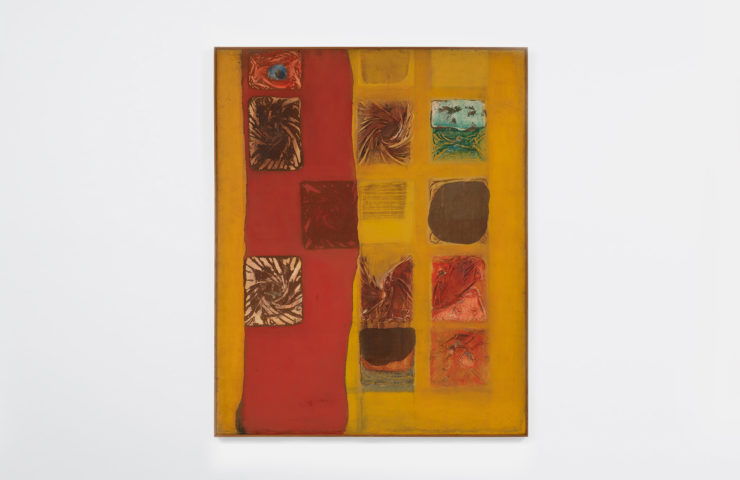
Work 65-2
1965
-
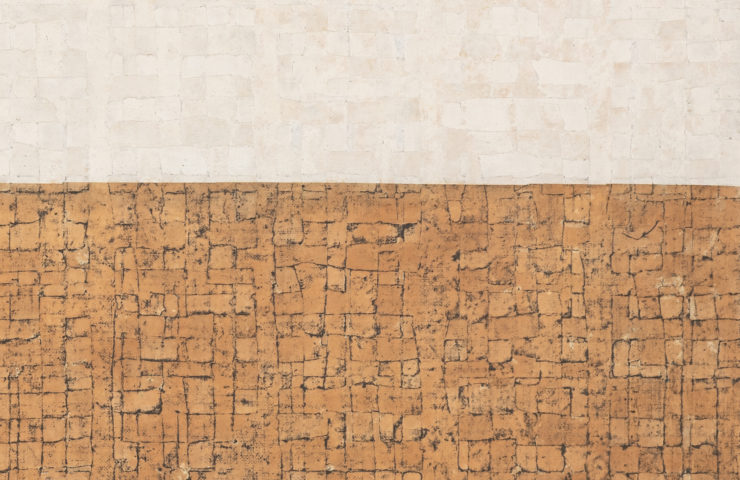
Untitled 78-11-29
1978
-
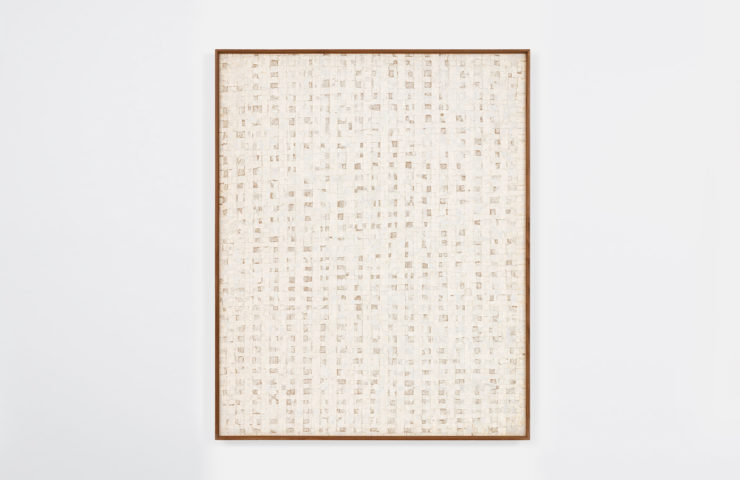
Untitled 77-8
1977
-
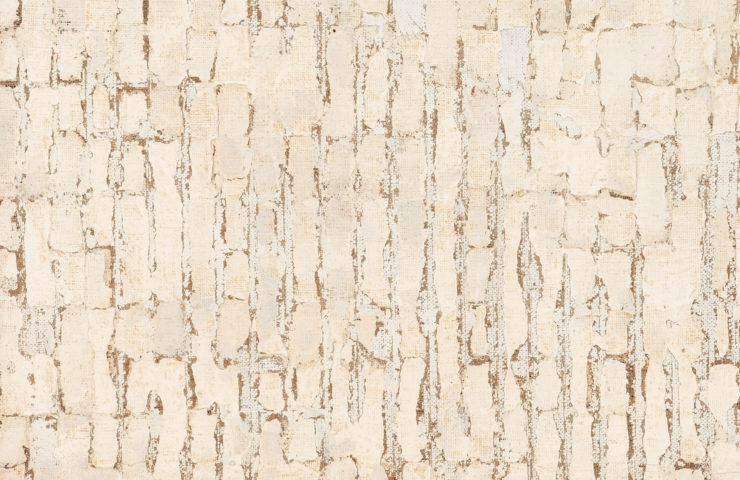
Untitled 75-10-8
1975
-
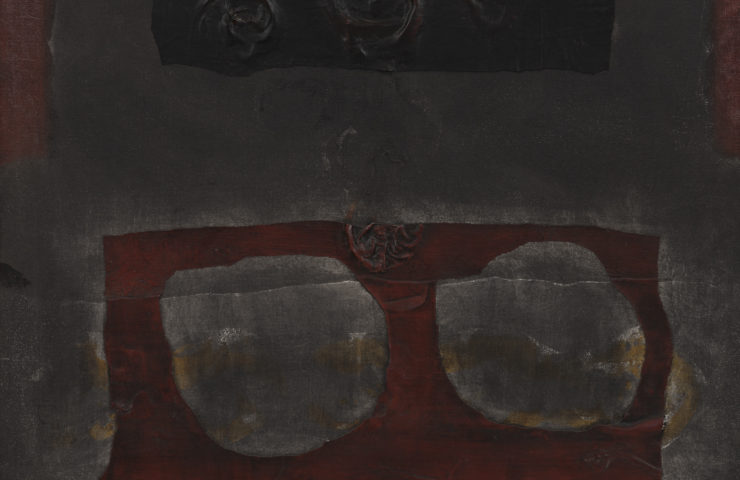
Work 64-13
1964
-
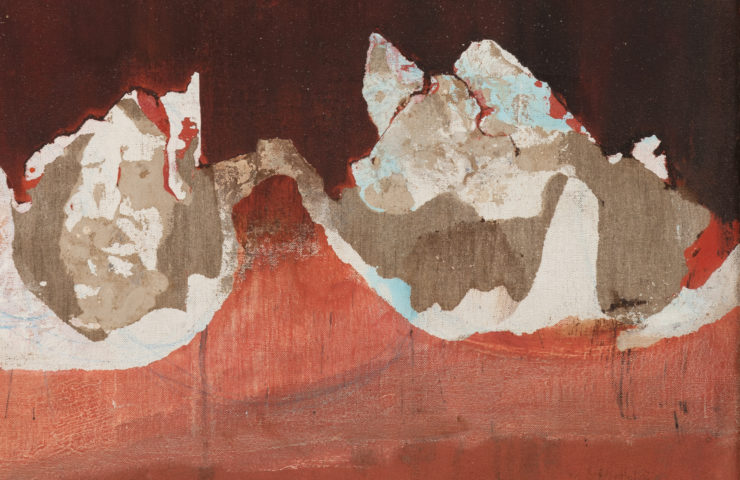
Work 68-32
1968
-
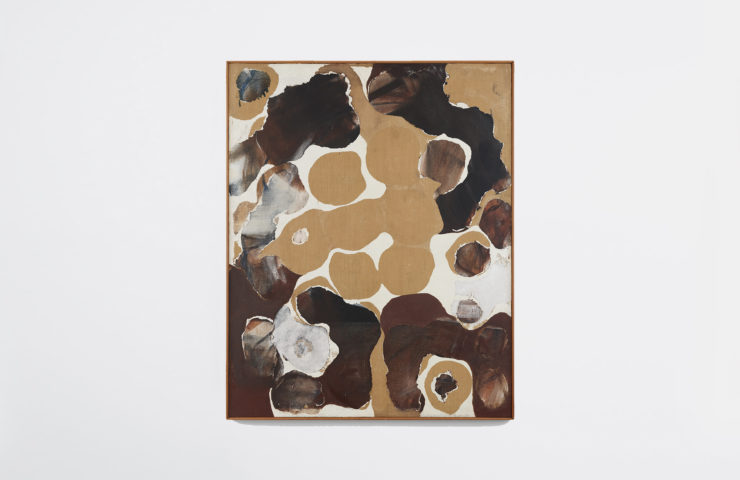
Work K-3
1970
-
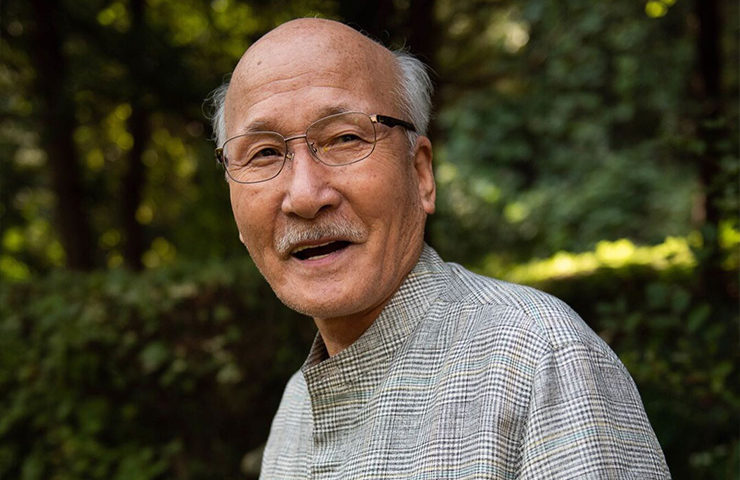
About Chung Sang-Hwa
Born in 1932 in Yeongdeok, Korea
-
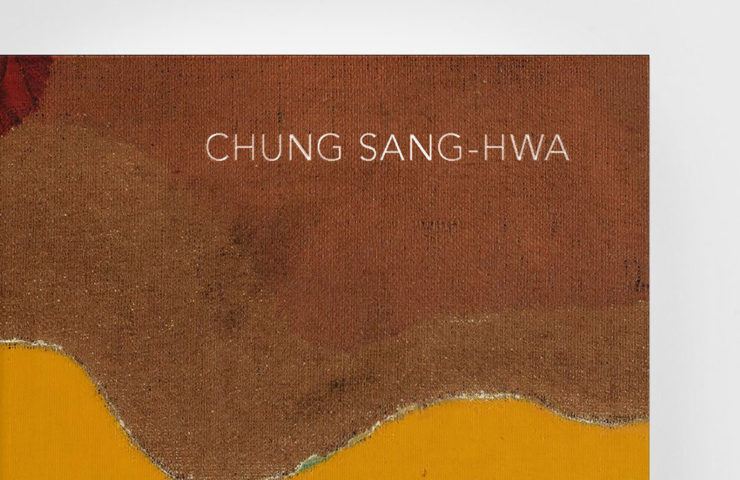
Pre-Order the Catalogue

